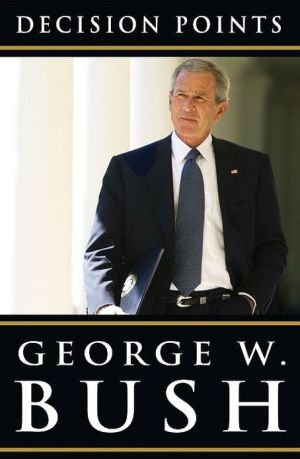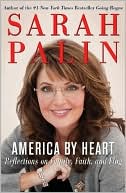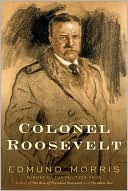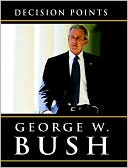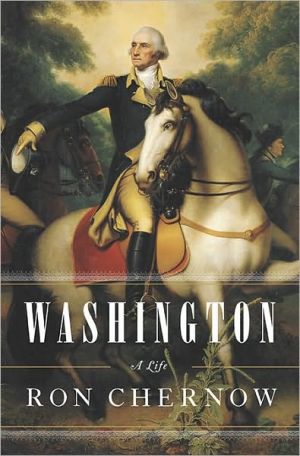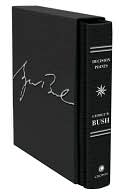Thomas Jefferson and the Wall of Separation Between Church and State (Critical America)
Review "In the opinion of this reviewer, Dreisbach is undeniably correct. His research is thorough, and his analysis comports with the history of the period. Dreisbachs study of Jefferson's likely meaning when he utilized the phrase wall of separation makes a valuable contribution to an important area of the constitutional law, an area of great consequence to Christians. The fact that it is written by a law professor at a "top twenty" law school increases its significance and credibility...
Search in google:
No phrase in American letters has had a more profound influence on church-state law, policy, and discourse than Thomas Jefferson's "wall of separation between church and state," and few metaphors have provoked more passionate debate. Introduced in an 1802 letter to the Danbury, Connecticut Baptist Association, Jefferson's "wall" is accepted by many Americans as a concise description of the U.S. Constitution's church-state arrangement and conceived as a virtual rule of constitutional law. Despite the enormous influence of the "wall" metaphor, almost no scholarship has investigated the text of the Danbury letter, the context in which it was written, or Jefferson's understanding of his famous phrase. Thomas Jefferson and the Wall of Separation Between Church and State offers an in-depth examination of the origins, controversial uses, and competing interpretations of this powerful metaphor in law and public policy. Library Journal President Jefferson's "wall of separation" metaphor is central to U.S. Supreme Court analysis of First Amendment religious practices and relations between religious institutions and governmental activities. Dreisbach (justice, law, and society, American Univ.) demonstrates the underpinnings and both 19th- and 20th-century interpretations of this pervasive metaphor, which began as a phrase in a letter Jefferson wrote to the Danbury, CT, Baptist Association in 1802. He shows how the "wall" metaphor represents a struggle for religious liberty and in a similar fashion has been used as a component of a strict separation policy between church and state. This historical analysis offers new insight into the foundations of church-state discourse in the United States while also providing documentary underpinnings to Phillip Hamburger's analysis of 17th- to 19th-century religious writings in Separation of Church and State. Almost half of Dreisbach's volume contains extensive appendixes, notes, and a bibliography. This well-constructed book will be useful for academic libraries as an addition to their history and law collections. Steven Puro, St. Louis Univ. Copyright 2002 Cahners Business Information.
1Introduction: The Creation of an American Metaphor12The President, a Mammoth Cheese, and the "Wall of Separation": Jeffersonian Politics and the New England Baptists93"Sowing Useful Truths and Principles": Thomas Jefferson and the Danbury Baptist Association254"What the Wall Separates": A Jurisdictional Interpretation of the "Wall of Separation"555Early References to a "Wall of Separation": Prefiguring the Jeffersonian Metaphor716Creating "Effectual Barriers": Alternative Metaphors in Defense of Religious Liberty837"Useful Truths and Principles ... Germinate and Become Rooted" in the American Mind: Jefferson's Metaphor Enters Political and Juridical Discourse958Conclusion: The Re-Creation of Church-State Law, Policy, and Discourse107AppDocuments from the Papers of Thomas Jefferson129Notes155Selected Bibliography245Acknowledgments271Index273About the Author283

